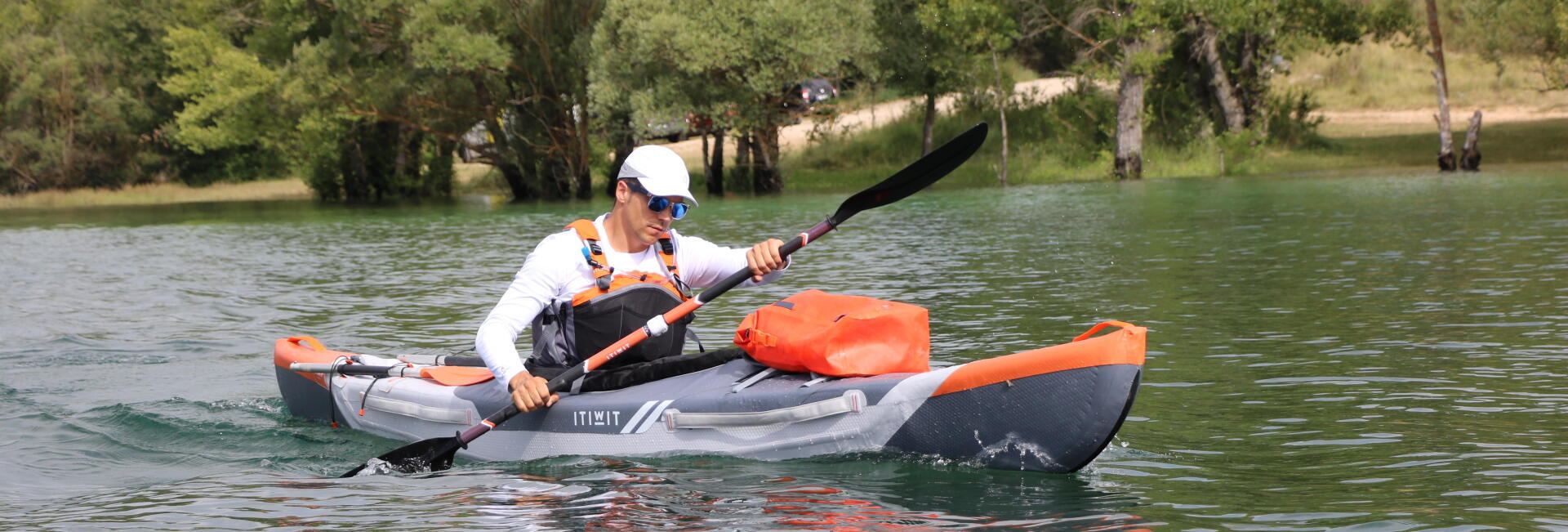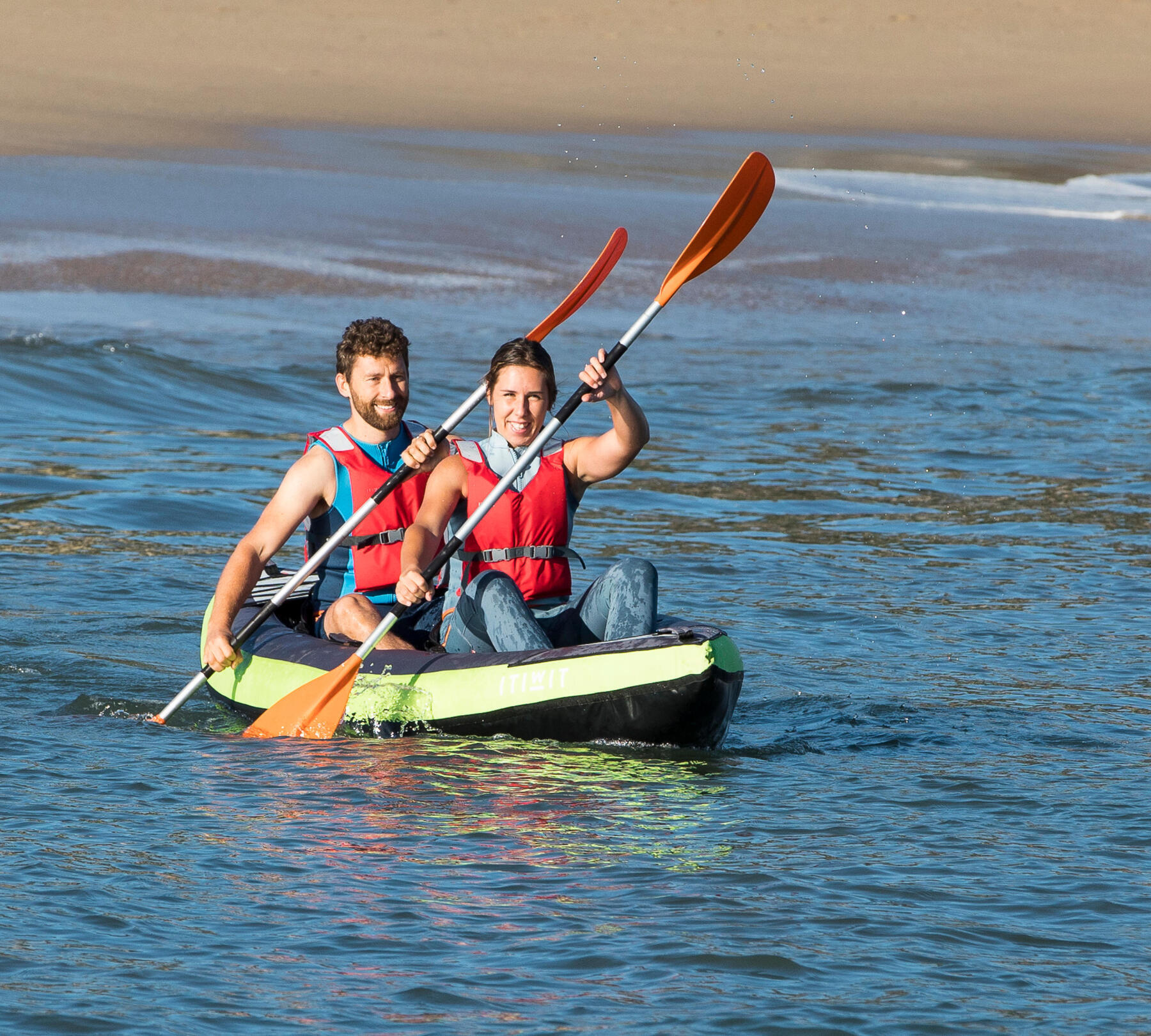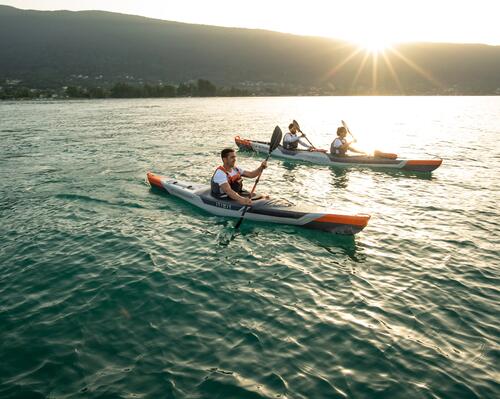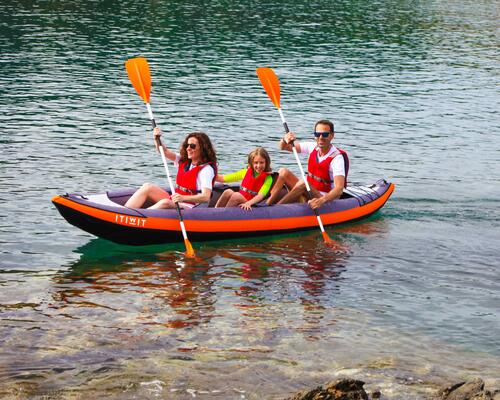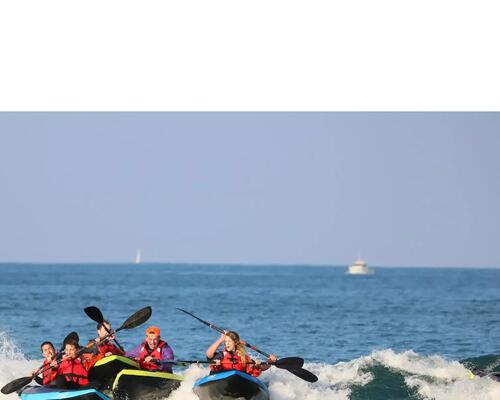Sea kayaking and river kayaking: different considerations
There is at least one fundamental difference between sea kayaking and river kayaking:
- In a river, you always move in the direction of the current.
- At sea, you launch from a beach and come back to it. So half the time you have the wind, currents, choppy waters, etc. working against you!
This distinction has a direct impact on your choice of craft.


